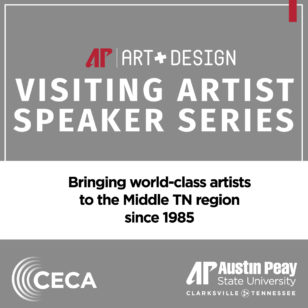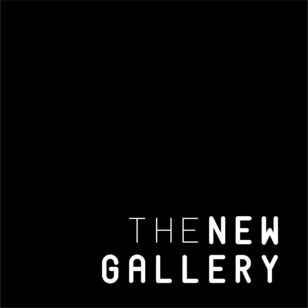INTERVIEW: JOEL PARSONS
OCT. 06, 2016

INTERVIEW: JOEL PARSONS
OCT. 06, 2016
Amelia Briggs: What are you working on right now?
Joel Parsons: Girl, I am spent. I am tired. And I’m angry and scared about the state of the world. So I’m focusing on giving myself permission and pleasure in the studio, and letting the studio be wherever and whatever I want it to be. Some recent projects took a lot out of me, they were heavy and fraught and intense and involved a lot of plumbing of a lot of depths, so I’m still kind of in a refractory period, and I’m trying to let myself stay there for a while without pressure to produce. I’m working on a film in a long-distance collaboration, which allows me to be slow and organic. I’ve never made a film before so I get to be really dumb about it, which is my favorite way of easing into a project.
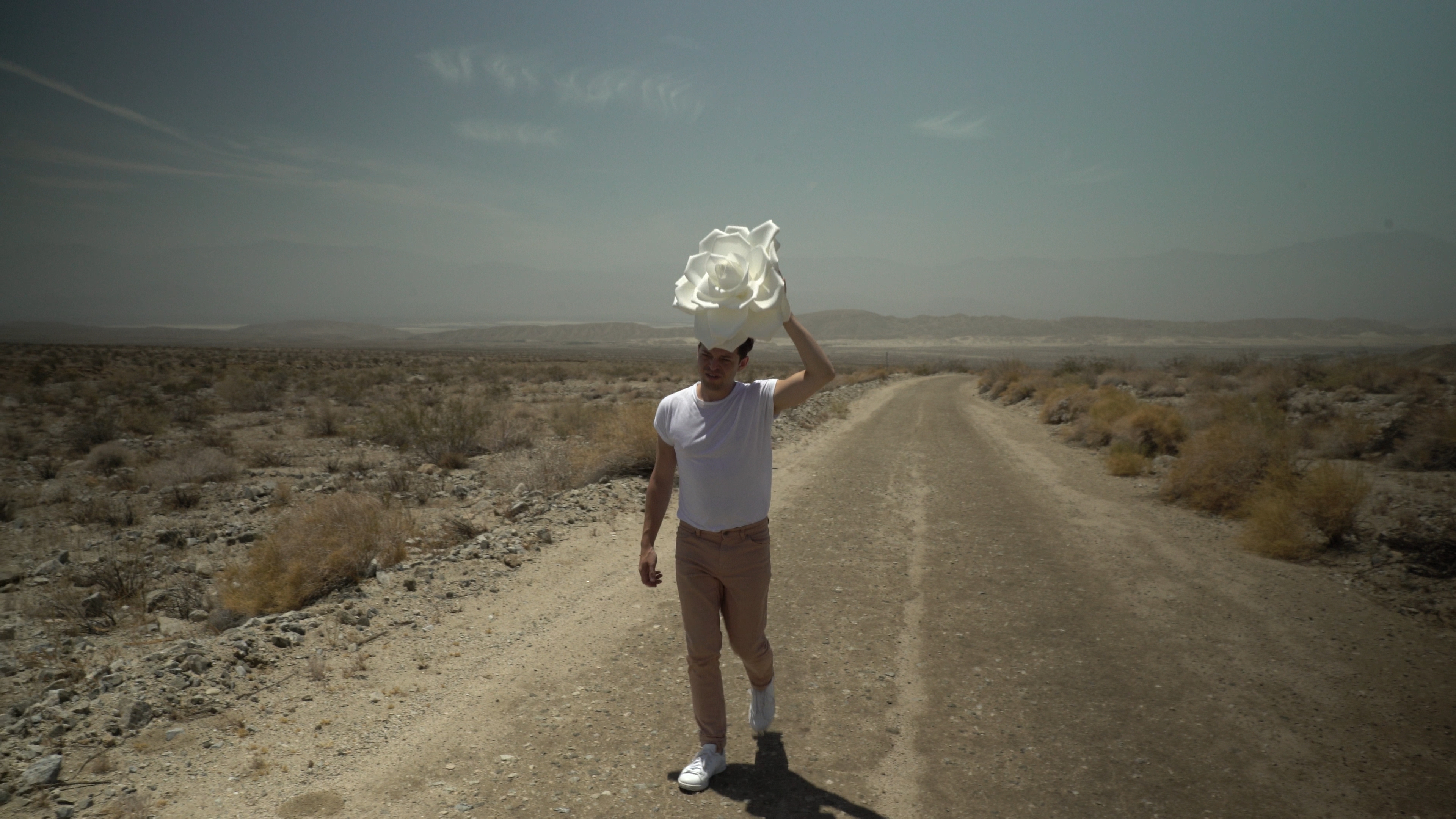
Some friends and I also just started a band called the Dixie Dicks. We write our own songs and cover pop and country songs with a queer twist. At first I thought it was a side project and worried that it might take me away from the studio, but now I think it’s a covert part of the rest of what I’m doing and totally supports what I care about and the idea that the art I make should be part of the way I live. It’s a way for me to perform and have fun and make stuff outside of the often over-thought stuff that happens in the gallery and the academy, especially when it comes to queerness. Making music is a good way to feel differently.
And I’m drawing. I’m almost always working on some drawings. The current drawings are poems in which the editing process becomes a kind of mark making. They’re still pretty embryonic and clumsy. When the poems get better the drawings tend to get worse and vice versa. I like that tension but I’m not sure yet how to resolve it, so I’m just stewing in it.
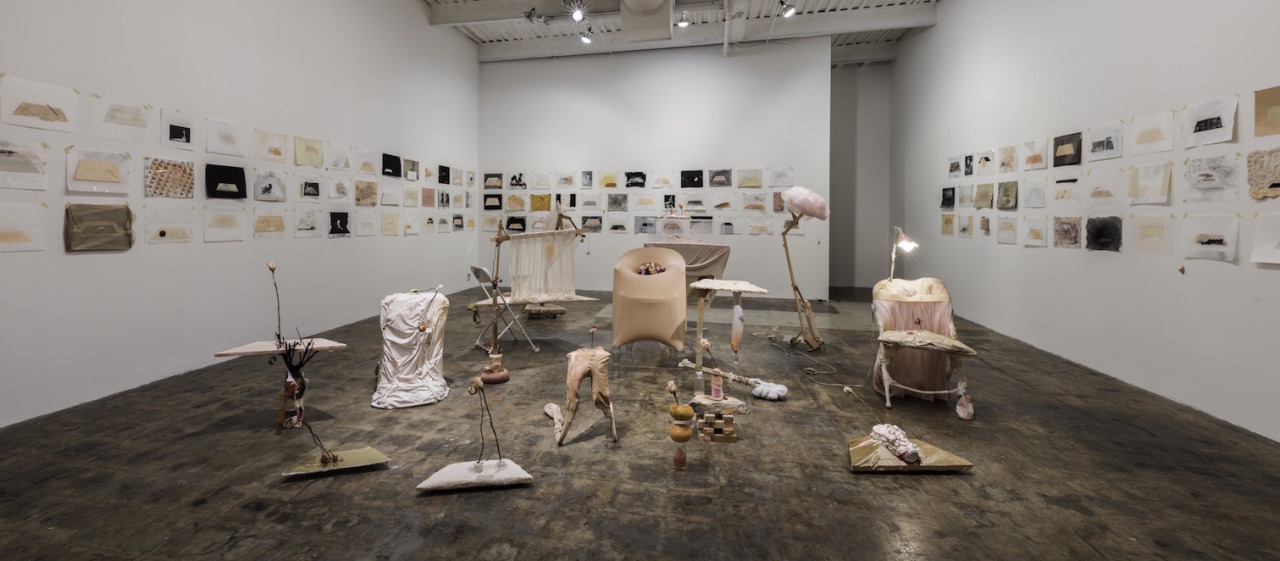
AB: I like what you said about making work that supports what you care about, and the idea that art should be a part of the way you live. I think that is important, and sometimes so hard to accomplish. Also, Dixie Dicks…love.
JP: Yeah, the band has been a great surprise, and not something I ever imagined I would do. We almost called ourselves Jaunty Cash. Queering country music, we’re sitting on a gold mine of puns and wordplay, really.
AB: Tell me more about your long distance film project. You recently went to LA right?
JP: The film is a long, slow project that I’m collaborating on with a few people, including a really fantastic DP named Jeanne Tyson. Jeanne came to Memphis and we filmed here inside an environment that I constructed, sort of a giant sculpture that I performed within, and then I went to LA and we shot all over the city and at a resort in Palm Springs and in the desert in Joshua Tree. We have plans to do a few more shoots in Memphis and around LA. We’re really luxuriating in the time and space and letting it stretch out and grow slowly.
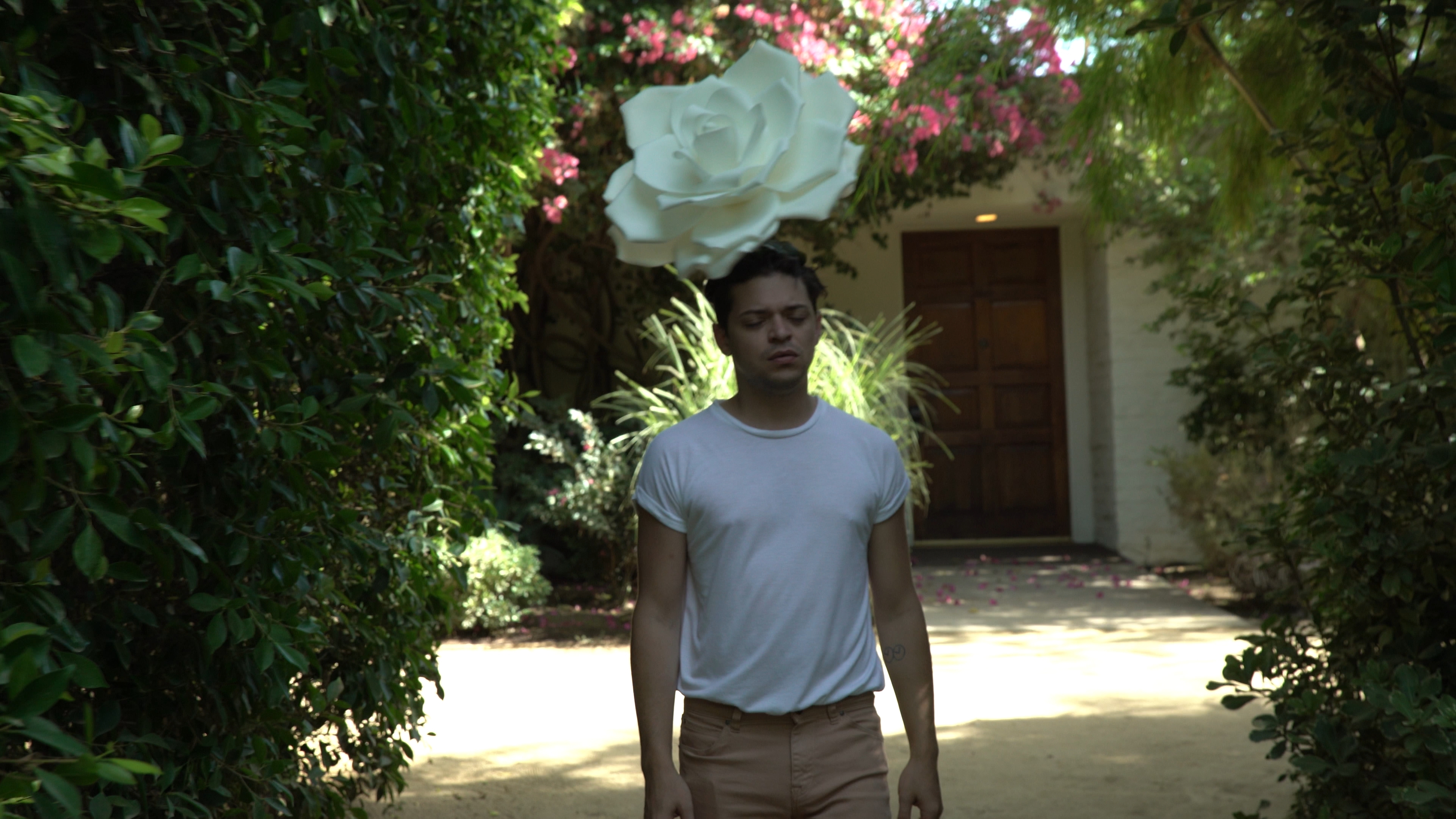
I’m not totally sure what the bounds of it are, but I think it’s a non-narrative dance film in search of choreography. There’s not a ton of dancing in it, but it’s structured around the idea of dance. A lot of the content involves rehearsal or rest, the things around the Thing, the actuality around the perfection. I started the film as a way to keep massaging the Beholding performance. I wanted to think about what that performance would look like if it was intended for the camera rather than a live audience, and to take advantage of things that cinema and film can do that live bodies can’t. So a lot of the themes persist - queer desire, the frustrations and pleasures of love, vulnerability. The visuals are really lush and rich, unabashedly romantic, and the logic is as strange and recalcitrant as love. I’ve been watching a lot of perfume commercials. Most of the footage so far is me dressed up like a rose and wandering around different landscapes and locations. That wasn’t part of the original plan but it seems to make sense so I’m going with it.
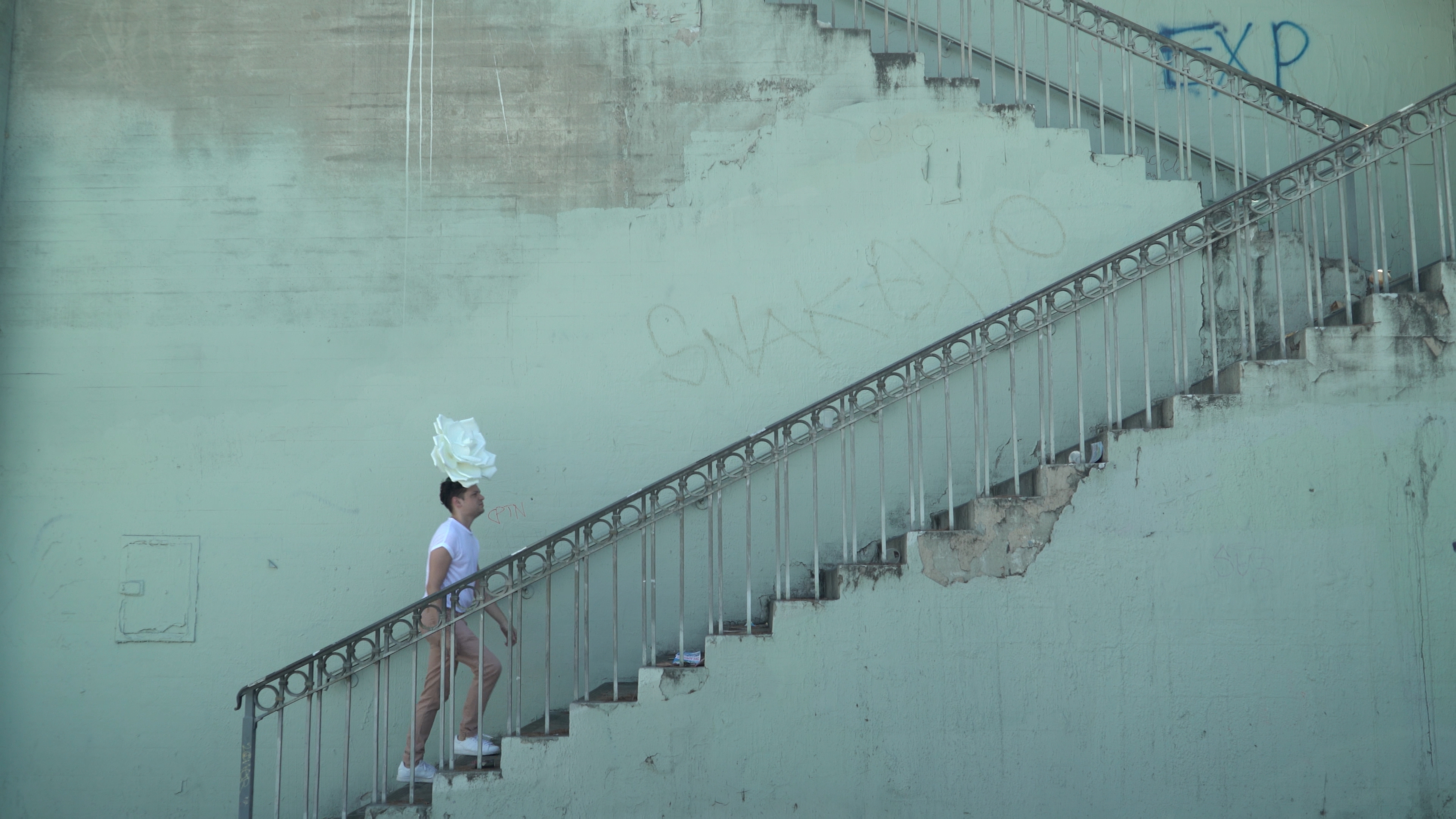
AB: So this project is kind of an extension of “Beholding and Being Held”? Tell me about the performance, I was at that performance and I found it incredibly moving and raw with emotion. What were some major influences for that work?
JP: It was raw for me too. It’s hard for me to think about and hard for me to revisit. I still haven’t watched much of the documentation. When I planned the performance I thought about many forms of desire, objects of desire, and about what’s known and what’s secret, what’s intimate and what’s held at a distance.
It was kind of a collage of forms of music and forms of dance, all pointing back to the difficulties of desire. I wanted to work with a few pop songs because of their relatability and universality, but then pair that with very specific, personal, and sometimes abstract gesture. I included some torch songs, because as a little closeted gay child that’s the only way that I was able to safely express emotion and longing, by proxy, and I think it talks about a kind of interiority and secrecy and projection that for me is coded as queer but I’m sure has other resonances.
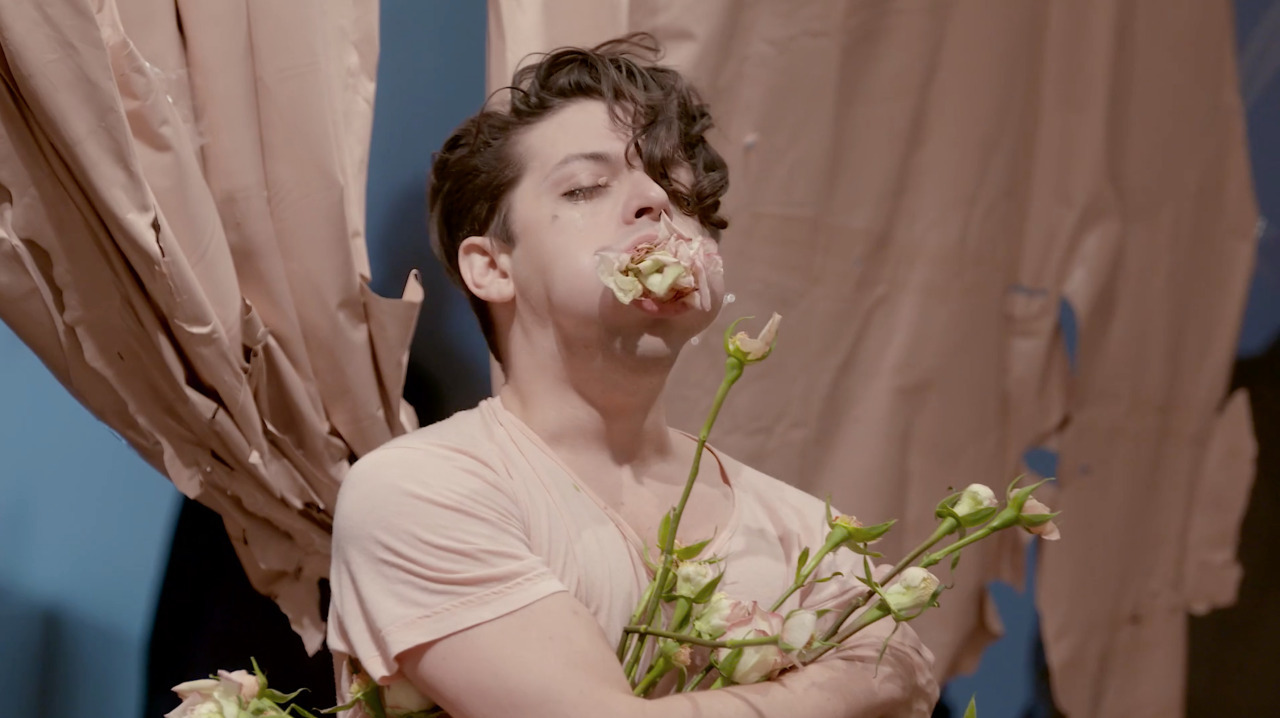
And the dance - I did some poorly executed but sincere ballet, for it’s form and the way it reveals the imposter, shows imperfections very clearly, lays bare the struggle. And there was a kind of gestural sequence that was very austere and almost masochistic, and also what my partner calls social dance, which is improvised, un-choreographed, emotional, bodily dance, which in many ways I think of as the pendant to forms like ballet. For me it relates to the kind of dancing that happens in a great queer club, the freedom and sensuality and sense of fullness and vitality that I feel on a dance floor. And in the arc of the performance it provided a bit of respite for the viewer, a place to exhale.
Also, going into this performance, people were attributing irony to my work, but I’m so, so sincere about it. I don’t have time for irony. Maybe the sincerity forces people into a corner, where they have to think about irony in order to deal with it? Maybe it reveals something about the viewer. The way nervous laughter erupts at a funeral. But I wanted to play with that in the performance. So there was some tension, for example, between lip synching and real singing, there were some loose drag moments, a costume that involved clownish fake tears made out of giant rhinestones and chandelier crystals, some painfully bad ballet, but all in the pursuit of real vulnerability. I love rhinestones and torch songs, sincerely. The climax was stuffing a dozen or so roses in my mouth and then attempting to sing Bette Midler’s The Rose
And it all took place in an installation of sculpture and drawing and painting, so the exhibition became a stage and everything in it took on a multivalent quality. All the identities were unfixed and shifting.
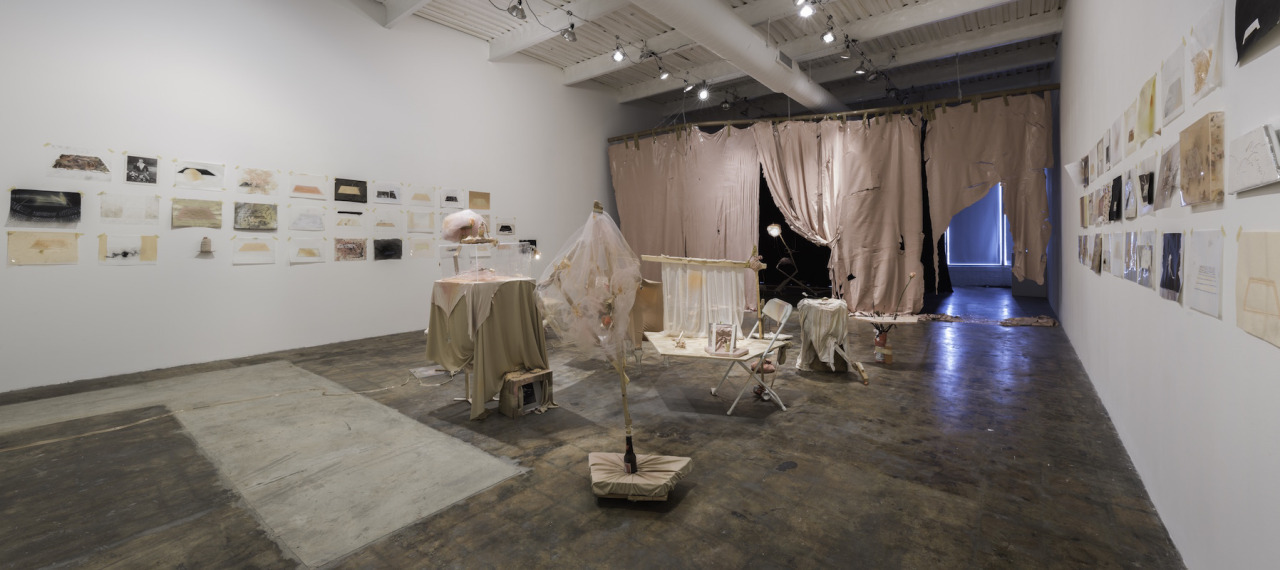
AB: I think you truly achieved your goal of real vulnerability. Hearing you talk about it makes me see it in a whole new light. Thinking back, I get such a strong sense of that sincere, gut-wrenching struggle. It feels like such a profound illustration of a genuine search for self-expression, wading through the complexities of love and sexuality.
I am interested in what drew you to making work about the tension between perfection and actuality? This concept feels particularly relevant today.
JP: That came out of looking at classical ballet, loving it for its form and what it can express but also being really critical of it for the tired politics of gender and sexuality that it typically re-inscribes. Focusing on the actuality became a way to question the perfection that ballet presents, and in turn to question the idea of the perfect, normative relationship. My partner is a classically trained dancer and choreographer, so my introduction to that world came through him. As I struggled with learning the language and history of dance so that I could better understand him and his passion and talent, I also began to understand the problems that are bound up in the form. So I love ballet, partly because I love my partner, but I also purposely cultivate a deep ambivalence toward it. I realized early on that this ambivalence and struggle was a good way of talking honestly about relationships. The idea of groping blindly in the dark toward someone that you might never really truly find, the reconciliation with flaws and baggage, the beauty of the struggle, the necessity of discomfort. Failing. The idea that a ballet dancer is some kind of superhuman perfect creature who expresses the ultimate form of grace and beauty but then...have you ever held a dancer’s foot in your hand? It’s disgusting.
AB: It is interesting to think about your ambivalence towards ballet as a way of talking about relationships. This kind of simultaneous awe and disillusionment immediately makes me think about the role of religion in our culture today.
JP: Religion! I haven’t really foregrounded that very often, but I was raised as a Southern Baptist so...it’s certainly in there. I made and distributed a booklet with texts that related to the show and performance, sort of a playbill, and there’s a line in it that says something like, I’m a bit masochistic and also, not coincidentally, romantic, which is another way of saying that I grew up gay and evangelical Christian in the deep American South. So, yeah - it’s in there.
AB: The presence of a physical body seems so crucial to everything you have discussed. What is the role of your sculpture and 2D work? What is the relationship between that work and your performance and film work?
JP: All of these forms are part of the same investigation, all trying to manifest the world that I want to live in, just doing it in different ways. I tend to swing between very physical, messy modes of working and very tidy, cerebral modes, with drawing as a constant. Drawing encompasses everything. Sometimes I just want to write or play with photos on my computer, edit video. Sometimes I want to pour paint and plaster on the floor and muck around. The degree of mess usually has an inverse relationship to the amount of control I feel I have over my life in a given moment. I like the sculptures to also be read as paintings, the writing to be drawing, I’m toying with ways to incorporate the film into sculptural forms - I want to blur the lines between all these ways of thinking and making as much as possible.
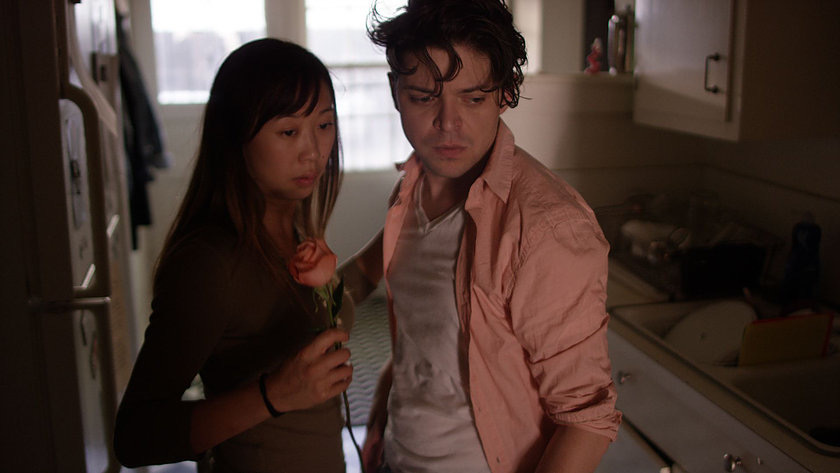
* All images courtesy of the artist.
Joel Parsons is an artist, writer, and curator in Memphis, TN. He is the director of Clough-Hanson Gallery and Assistant Professor in the Department of Art and Art History at Rhodes College, as well as the co-chair of the ArtsMemphis Artist Advisory Council. Recent exhibitions include Effeminaries at Western Exhibitions, Chicago; You are the hole. at Crosstown Arts, Memphis; and Queering Space at Green Gallery, Yale University School of Art.
Amelia Briggs is an artist and writer in Nashville, TN. She works for David Lusk Gallery Memphis and Nashville, running all things marketing. In addition to her studio practice, Amelia is in the beginning stages of co-creating a podcast.

